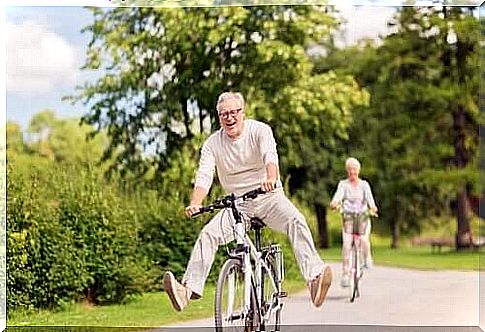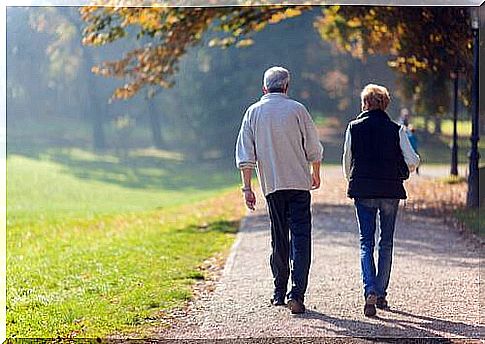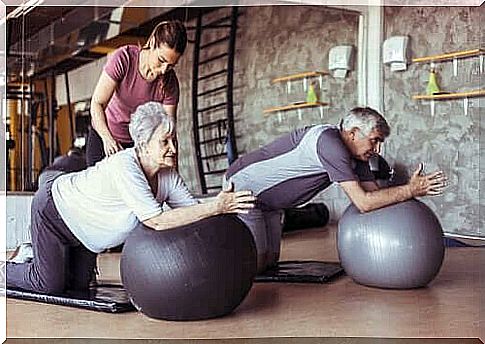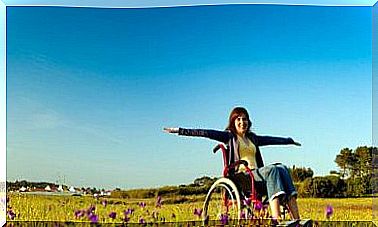What Are Age-friendly Cities And What Are The Benefits Of Them?

People have to interact with other people. Your surroundings can be very useful, as they are related to the way you interact with others and your ideas, feelings and behaviors. There is a new trend for cities: age-friendly cities. These are spaces that make it easier for people to interact with each other, regardless of age.
These cities can give older people more opportunities to develop and contribute to their community. In this way, they can promote their dignity and autonomy. In addition, age-friendly cities make it easier for the elderly to live life with dignity and security.
To create an age-friendly city, you need to change and adapt it to the elderly. Why? Well, on the one hand, most places are not built for older people, which prevents these people from developing and participating in their community. On the other hand, because everyone is getting old, a place built for the elderly will come in handy for everyone involved at some point.

Examples of age-friendly cities
There are various age-friendly city projects underway. In the United States, for example, the retirement population continues to grow. There are places (like The Villages in Florida) that serve as a network of villages with structures designed for the elderly. Can you imagine an all-inclusive network?
Malta is a good example of an age-friendly nation. This country encourages older participation because for them it is not just about adapting to the environment, but also making them healthy. To do this, Malta takes into account the following:
- to take part in the social and labor market
- the importance of independence and autonomy, creating a friendly environment for people who need help
- communities trained to deal with problems such as dementia, and give these patients special care
- act in favor of mental health
In addition, age-friendly cities create an inclusive urban development. This means that all or most of the population can interact in a city that cares about their needs.

How can age-friendly cities improve well-being?
Age-friendly cities are also called age-inclusive cities. These cities improve everyone’s well-being because in a society that values all the inhabitants, it is an environment that makes everyone feel valued. Thus, everyone is involved, and this creates good bonds, which is important for your social health.
On the other hand, by creating a positive impact on your emotions, you improve your affective health because the elderly begin to feel closer to society. This is great! This does not mean that this is the only thing you need for your emotional health, but it is a good starting point.
In addition, age-friendly cities are committed to promoting health by preventing disease. This means you should start thinking outside the box and start looking for ways to improve your health. That is what gives you a better quality of life. Some studies perform diagnostic evaluations to understand how older people adapt to cities.

How to make more cities like these
Creating an age-friendly city depends on everyone. You can market this idea by taking into account different sectors, for example:
- Work. Change the way you look at work so you can integrate older people and give them new opportunities.
- Educational. To know more about how you can develop yourself and improve your well-being.
- Financially. Age-friendly cities need a financial system that suits their needs.
- Political. Use policies to promote these cities and to protect the elderly and meet their needs.
- Urban. Develops room for integration.
This is a job that requires many tasks and people. The WHO controls cities like these and distributes official documents to guide or maintain these areas effectively. In their age-friendly city guide, for example, they encourage cities to create space for people with special needs.
In short, age-friendly cities that can improve your quality of life are needed. On the other hand, everyone can do their part to create more age-friendly cities. It’s not just about physical or mental barriers, it’s about helping others.









